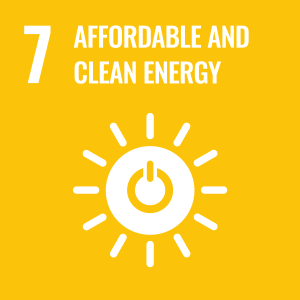Chemistry Review: From atoms and elements to organic molecules
How did life on Earth get started? What experimental approaches are available to investigate this question? We can start with the following observations:
Q: Are living organisms made of the most abundant elements available in the environment?
Compare elemental (atomic) composition of living organisms: C, H, O, N, P, S, + trace minerals (Ca, Mg, Zn, Mn, Fe) with elemental composition of earth’s crust.
Q: What is special about the most abundant elements of living organisms (elements that comprise organic molecules)?
Elements react with each other to form molecules, held together by chemical bonds. The kinds of reactions and bonds that an element will form is determined by its valence electrons. The Periodic Table organizes elements by their valence electron configurations. All chemical bonds, and all chemical reactions, involve sharing or movement of valence electrons.
Different atoms have different avidities for electrons, or differing electronegativity. Oxygen is one of the most electronegative elements. Carbon and hydrogen have much lower electronegativity. When carbon atoms and hydrogen atoms form chemical bonds with each other, they share their electrons almost equally, resulting in non-polar covalent bonds. When carbon or hydrogen atoms form bonds with oxygen, the oxygen nucleus hogs the shared electrons, such that the oxygen atom acquires a partial negative charge, and the hydrogen or carbon atom has a partial positive charge. Such unequal sharing of electron pairs results in polar covalent bonds.
Metal atoms, such as those in group 1 and group 2, readily give up their electrons to atoms in group 17. The resulting ions are held together by strong electrostatic attraction, an ionic bond.
Organic molecules consist of carbon, hydrogen, oxygen, nitrogen, phosphorus and sulfur – CHONPS. The key element of life is carbon – life on earth is carbon-based. A carbon atom has 4 valence electrons and middling electronegativity. Carbon atoms can thus can form 4 covalent bonds with other carbons, hydrogen, and a variety of other elements, so carbon-based structures can be both complex and quite diverse.
The water molecule is a dipole, with a partial negative charge around the oxygen nucleus and partial positive charges around the hydrogen nuclei. These partially charged hydrogens can form weak electrostatic interactions, called hydrogen bonds, with partially negative charged oxygen atoms of other water molecules, or of other molecules with polar covalent bonds. Molecules with polar groups or ions that can interact with polar water molecules are called hydrophilic. They are soluble in water. Molecules with only non-polar covalent bonds are called hydrophobic, and are insoluble in water. In an aqueous environment, non-polar molecules interact with each other via hydrophobic interactions and van der Waals interactions (low-energy, close-range interactions that arise from transient asymmetric distribution of electrons orbiting their nuclei; a slightly positive atomic nucleus can weakly attract the electron shell of a neighboring atom).
Not all molecules that contain carbon, or carbon, hydrogen and oxygen, are organic molecules. For example, carbon dioxide (CO2) and carbonic acid (H2CO3) are inorganic molecules. The distinction is that organic carbon is reduced, whereas inorganic carbon is fully oxidized. Oxidation-reduction will be explained more fully in the unit on energy metabolism, and is well explained in this Khan academy video. For biological systems, reduction is the formation of a bond with a hydrogen atom. In the words of Sean Carroll, “the purpose of life is to hydrogenate carbon,” which is to say that life depends on reduced forms of carbon.
In the biosphere today, only autotrophs (photosynthetic and chemosynthetic organisms) can reduce inorganic carbon to organic carbon, and thus make their own food. The rest of us heterotrophs consume the organic carbon molecules made by these primary producers for energy and growth.
Before life began on Earth, only abiotic processes, such as those illustrated by the Miller-Urey experiment, could produce organic molecules. How enough of these organic molecules were produced, accumulated in certain locales, reacted, and formed the first cells is an area of active speculation and experimental investigation.
The slides for the videos on this page are in this file: ChemistryReview

UN Sustainable Development Goal (SDG) 7: Affordable and Clean Energy – The ability to accurately characterize how organic molecules are produced and utilized can lead to the development of clean and sustainable energy sources. Understanding how elements interact and form bonds, as well as the various ways energy can transfer, is critical in the development of cleaner energy sources and in understanding how waste products of some energy generating processes can be used for other purposes.

